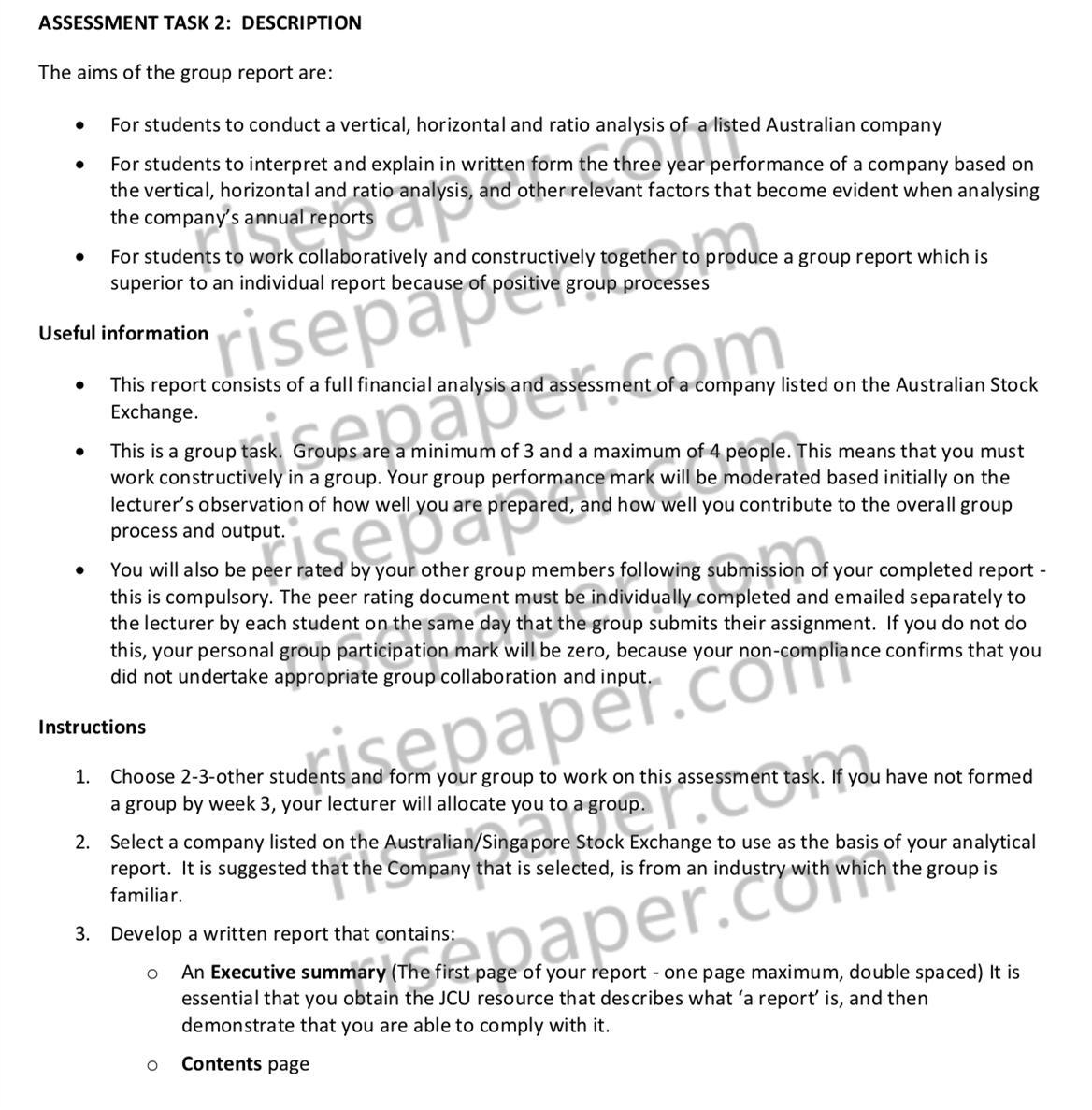众所周知,法律和技术、会计、金融的本质都是类似的,他们本身就是依附于商业世界,而非独立存在的。
1.课程介绍
Legal Language is taught and administered by the Melbourne Law School. It is offered as a
Breadth subject, as well as being a compulsory subject in the Law and Justice Minor. The Law
and Justice Minor is a joint initiative of the Melbourne Law School and the Criminology
Discipline (School of Social and Political Sciences, Arts Faculty) at the University of Melbourne.
2.Assessment 结构
As set out in the University Handbook, there are two required items of assessment.
(i) Judgment Report (1000 words) (占比25%)
(ii) Research Essay (3000 words) (占比75%)
3.代考代写学习资料构成
3.1 Lectures and Tutorials
These are designed to facilitate the development of your skills of writing and reading legal texts.
3.2 Legal Research Seminar
This is conducted by the Law Library. It is specifically tailored to
your needs in this course. It will take place in the second half of the course in order to help
you build your legal research skills for the research essay. Please check announcement in
lectures, tutorials and on LMS for the dates and how to enrol in them.
3.3 Revision Lectures and Tutorials
There are two sets of revision classes – one before the
first and one before the second assessment task. See the Topic schedule in the Subject
Guide for the specific dates.
4. ASSESSMENT TASK
Each of the questions below asks you to write a report that reflects on your understanding of
and reading of a named judgment or judgments. The ‘Guiding Quotation’ are provided to
prompt some thoughts about themes and approach you might want to take up. The quotes take
up some of the issues and approach that you have encountered in the lecture and the tutorial
discussions in weeks 1 to 6 inclusive.
4.1 Question 1
Write a brief report that reflects on your understanding of the differences in style and content
between the judgment of Cummins J in Victorian Supreme Court and the judgment by Winneke
P in the Victorian Court of Criminal Appeal in the Whiteside & Dieber case. Edited extracts of
these two judgments are included in the subject materials for this subject and can be accessed
online at Austlii.
4.2 Question 2
Write a brief report which reflects on your reading of the language and contexts of the
judgments of Gibbs CJ and Wilson J on the issue of standing in Onus v Alcoa [1981] HCA 50.
5. 打分重要事项
5.1 Relevance
the extent to which your written text is relevant to the stated task.
5.2 Argument
the extent to which your written text demonstrates engagement with, and understanding of, the text of the judgment.
5.3 Examples
whether or not the arguments of your text are linked to appropriate examples drawn from the judgment or other relevant legal texts.
5.4 Evaluation of Argument
the written report shows that you have evaluated the worth of your argument, as well as the worth of arguments made by the judgment being analysed and other texts you are using.













